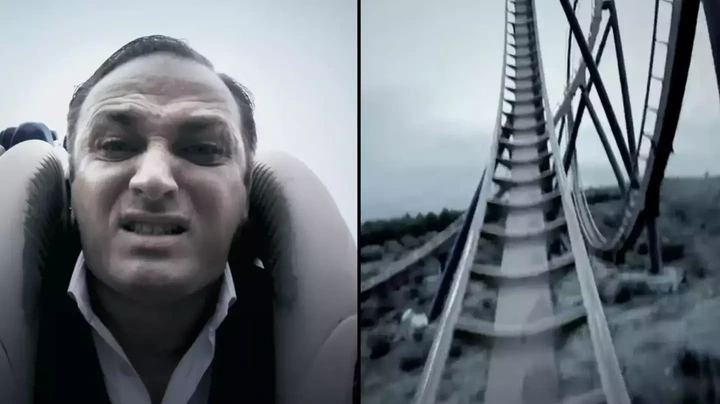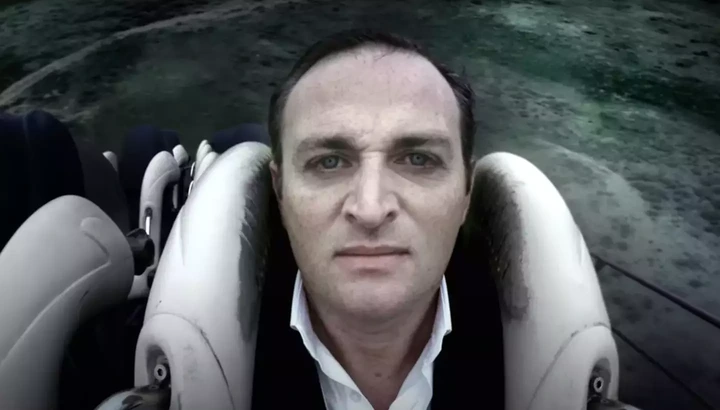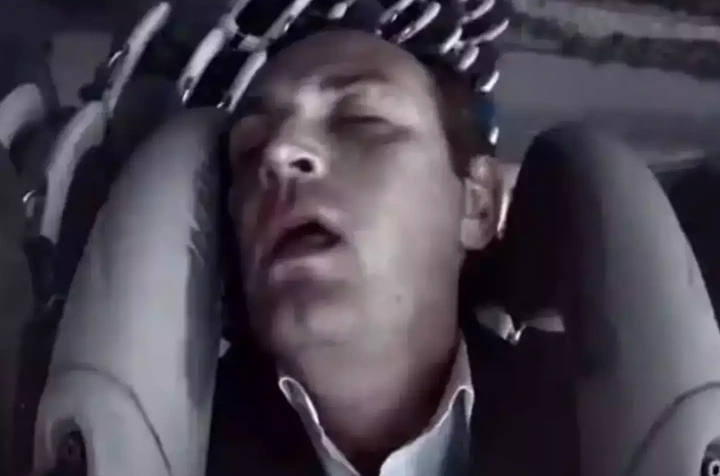The real motivation behind the concept of the terrifying rollercoaster has come to light.

View pictures in App save up to 80% data.
The creator of the notorious euthanasia rollercoaster has disclosed the unsettling motivation behind its design.
Julijonas Urbonas is a Lithuanian engineer who came up with the first-of-its-kind design that kills anyone who chooses to ride it.
It was called a 'hypothetical death machine', with the idea first coming into Urbonas' head in 2010 while he was doing his PhD, with the engineer working at a theme park when he was younger.
In theory, the rollercoaster would reach top speeds of 223 mph, faster than most supercars, while taking riders on a 1,600-ft trip.
It would include several loops and reach a G-force of 10 - here's how it would look:
Despite its terrifying nature, the concept led to Urbonas receiving the Public Prize for New Technological Art at the Update 2013 event.
Fortunately, the project isn't an actual rollercoaster; rather, it is a concept envisioned by Urbonas for a 'painless' way to die.
In essence, the rollercoaster was designed to provide an exhilarating yet serene experience for riders, allowing them to meet their end while experiencing the ultimate thrill.
Although we may never witness it firsthand, the extensive detail and careful planning behind the design provide us with a clear understanding of its functionality.

View pictures in App save up to 80% data.
Urbonas, who previously pursued a PhD at the Royal College of Art in London, noted that the concept could, in a rather grim way, contribute to reducing the Earth's population.
It's a grim response, yet he mentioned that participation would be optional; however, the height might cause individuals to reconsider before committing to their choice.
To ensure that riders feel secure, each seat will be equipped with a button that activates the 1,600-foot drop when pressed.
The engineer said that this method would make 'humane' voluntary death could be more meaningful, personal, ritualistic'.
Urbonas mentioned that bringing the riders 'near... terminal velocity' prior to halting the ride, and ensuring they are 'cushioned on an air pillow' before entering the loops, would complicate the braking process and place stress on their internal organs.

View pictures in App save up to 80% data.
Each repetition would amplify the accumulation of blood in the lower limbs, reducing the supply of oxygen-rich blood to the brain.
You would probably come to awareness once or twice, while the other loops could be referred to as 'safeguards'.
The ride, featuring five or six loops, leaves your body in a state of numbness and ultimately leads to a fatal lack of oxygen in your brain.
Urbonas humorously remarked on his approach: "In short, humor helps to lighten and smooth out the tense discussions, while also suggesting that the ritual of death might be a bit more joyful."